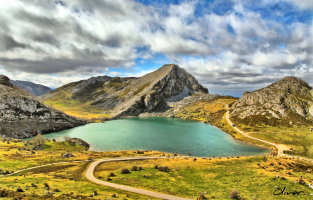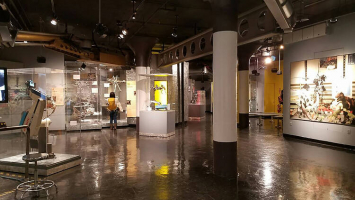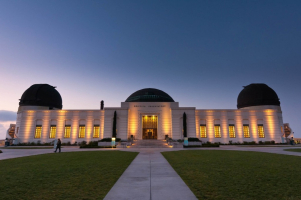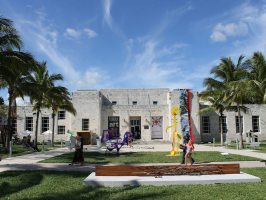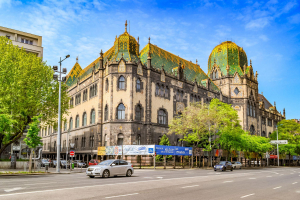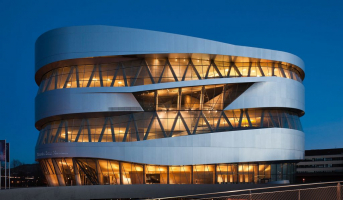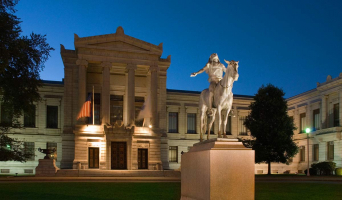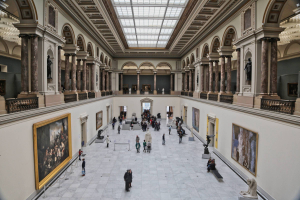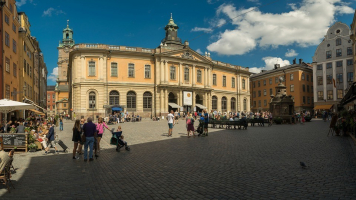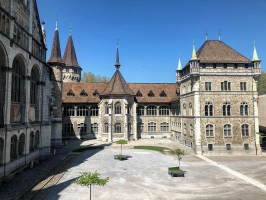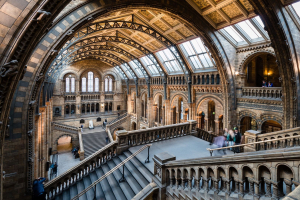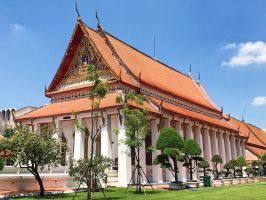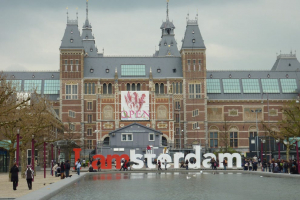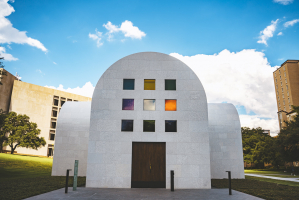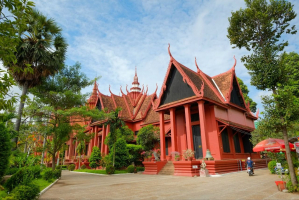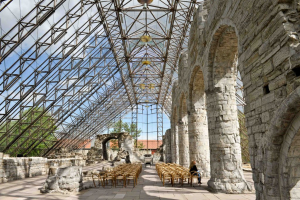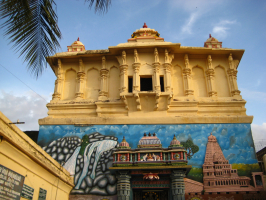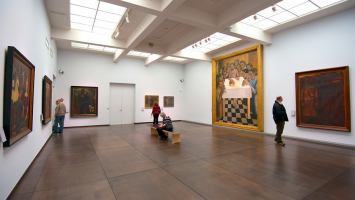Top 10 Best Museums to Visit in Spain
Spain has nearly 1,500 museums, many of which are world-renowned and have collections that are admired across the world. The works of notable Spanish painters, ... read more...Picasso, and Salvador Dali, are also shown at the Spanish Museums, allowing tourists to travel back in time and view the artists' masterpieces. Most museums in Spain boast cutting-edge architecture that draws crowds of tourists who are awestruck by the magnificent structures created by world-renowned architects. Let's take a look at the greatest museums in Spain.
-
Catalonia's national art museum is more than just a physical palace; it's also a temple to a region's and people's history, culture, and spirit. The MNAC features the world's best collection of Romanesque frescoes and devotional sculptures, the majority of which were saved from abandoned chapels in the Pyrenees. Taking the delicate paintings down from disintegrating walls, constructing supports in the same precise designs as the places they came from (vaults, arches, windows), and rehanging them was an incredible achievement of restoration. Take a minute to examine what the collection symbolizes on a larger scale as you stroll around and marvel at the incredible spectrum of art, encompassing styles such as Romanesque, Gothic, and Modernist.
Catalonia (Catalunya in Catalan) was ruthlessly suppressed by Francisco Franco's fascist administration, and its strong culture was regarded as a danger. The fact that this collection survived, and that Catalan Modernism is so daringly, and subversively distinctive, demonstrates the region's persistence, and the creative minds of a people who refused to let go of their culture.
Location: Palau Nacional, Parc de Montjuic, Barcelona, Spain
Website: mac.cat
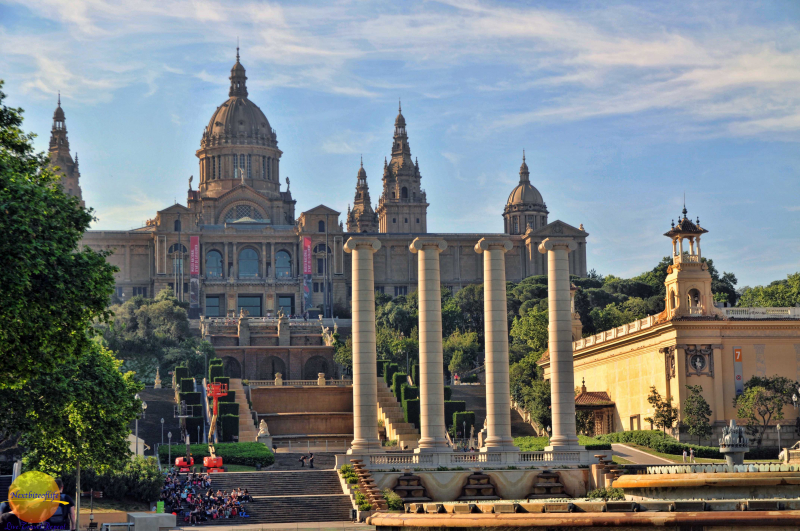
Museu Nacional d’Art de Catalunya 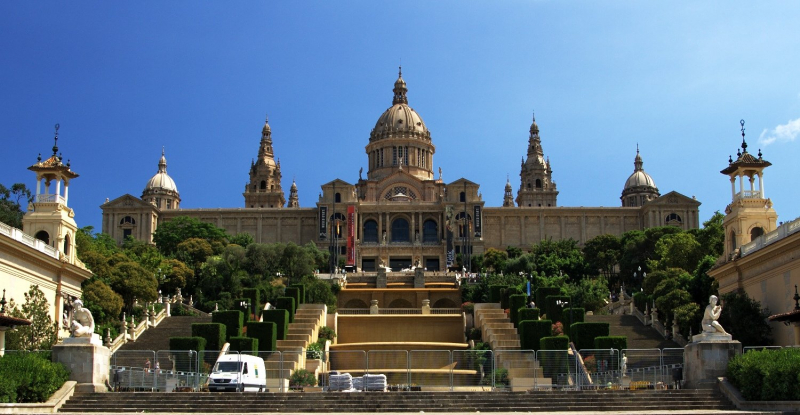
Museu Nacional d’Art de Catalunya -
The Museo Nacional del Prado, formally known as Museo Nacional del Prado, is the primary national art museum of Spain, located in downtown Madrid. It is widely regarded as housing one of the world's finest collections of European art, extending from the 12th century to the early twentieth century, and the single outstanding collection of Spanish art. It was founded in 1819 as a museum of paintings and sculpture, but it also has significant collections of other sorts of art.
The Museo Nacional del Prado is one of the most visited destinations in the world and is regarded as one of the world's greatest art museums. The collection includes multiple works by Francisco Goya, the single most widely represented artist, as well as works by Hieronymus Bosch, El Greco, Peter Paul Rubens, Titian, and Diego Velázquez. Velázquez was also responsible for transferring most of the museum's superb collection of Italian masterpieces to Spain, which is currently the largest outside of Italy.
The collection now includes over 8,200 drawings, 7,600 paintings, 4,800 prints, and 1,000 sculptures, as well as numerous other works of art and historical documents. As of 2012, the museum showed over 1,300 pieces in its main buildings, with approximately 3,100 works on temporary loan to other museums and public entities. The rest were in storage.
Location: Calle de Ruiz de Alarcón 23, Madrid, Comunidad de Madrid 28014
Website: museodelprado.es
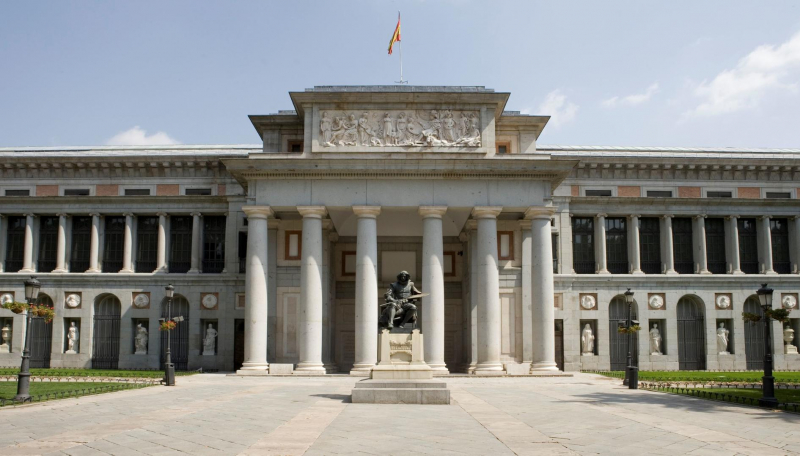
Museo Nacional del Prado 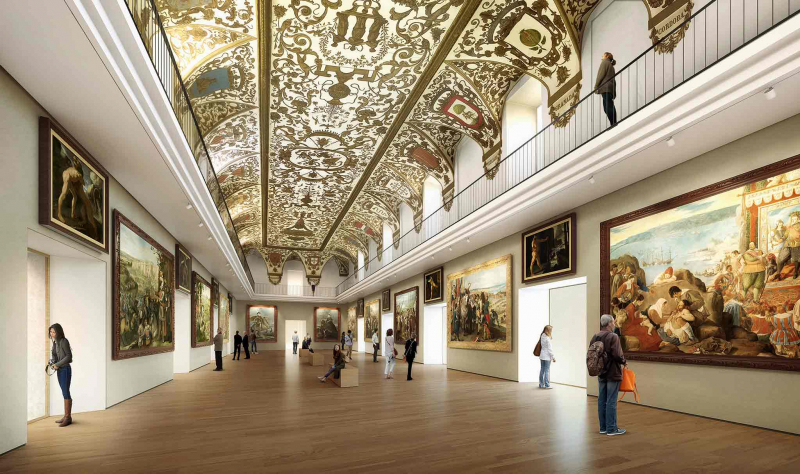
Museo Nacional del Prado -
Spain's national museum of twentieth-century art is the Reina Sofía National Art Centre. The museum, named after Queen Sofia, was officially opened on September 10, 1990. It's near the Atocha railway and metro stations in Madrid, at the southern extremity of the so-called Golden Triangle of Art.
The museum focuses mostly on Spanish art. The museum's highlights include exceptional collections of Pablo Picasso and Salvador Dal, two of Spain's finest 20th-century masterpieces. Picasso's 1937 artwork Guernica is the museum's most recognized masterpiece. Along with its rich collection, the museum's various galleries host a mix of national and international temporary exhibits, making it one of the world's major museums for modern and contemporary art. Due to the COVID-19 epidemic, it only drew 1,248,480 visitors in 2020, a 72 percent decrease from the previous year, yet it still placed sixth on the list of the world's most-visited art museums.
Location: Calle de Santa Isabel 52, Madrid, Comunidad de Madrid 28012
View Details: spain.info/en/places-of-interest/reina-sofia-museum
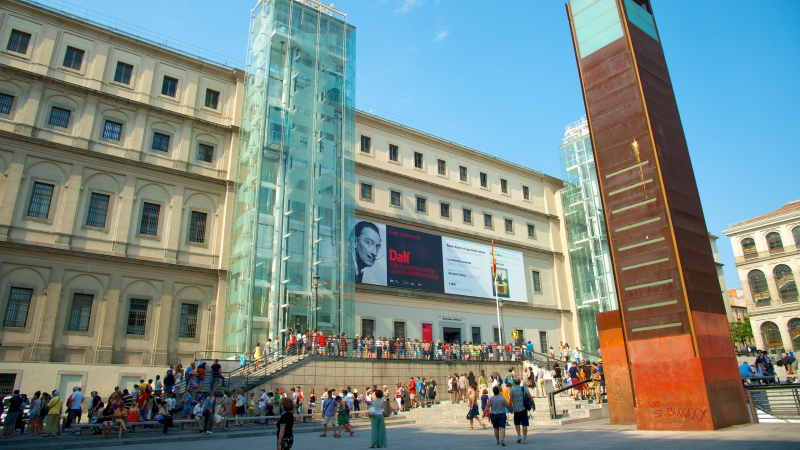
Reina Sofía National Art Centre 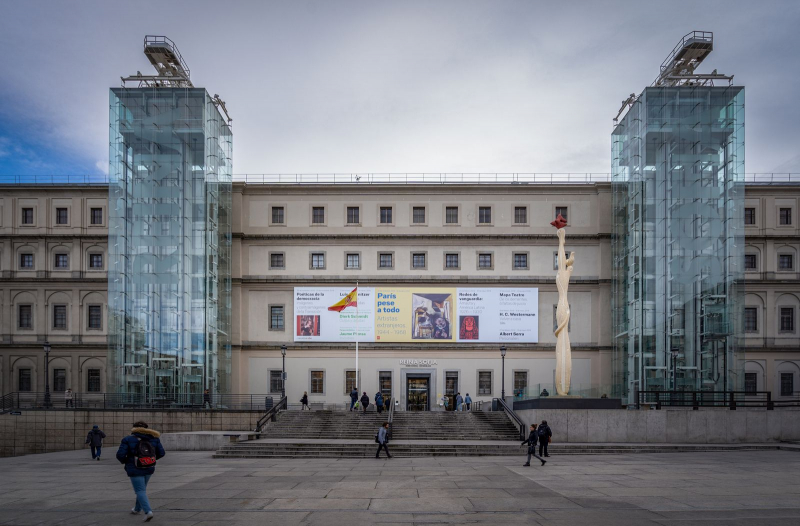
Reina Sofía National Art Centre -
The Guggenheim Bilbao Museum is a museum of modern and contemporary art in Bilbao, Basque Country, Spain, constructed by Canadian-American architect Frank Gehry. King Juan Carlos I of Spain opened the museum on October 18, 1997, with an exhibition of 250 modern works of art.
It is one of the numerous museums affiliated with the Solomon R. Guggenheim Foundation and offers permanent and visiting exhibits of works by Spanish and international artists. It is built alongside the Nervion River, which passes from Bilbao to the Cantabrian Sea. It is one of Spain's largest museums. Due to the COVID-19 epidemic, the museum received 315,908 visitors in 2020, a 73 percent decrease from 2019. In 2020, it was rated 73rd on the list of most-visited art museums.
The building has been lauded as a "signal moment in the architectural culture" because it symbolizes "one of those rare instances when critics, scholars, and the general public were all entirely agreed about something", according to architectural critic Paul Goldberger. In the 2010 World Architectural Survey, architecture professionals most commonly rated the museum as one of the most important works created since 1980.
Location: Avenida de Abandoibarra 2, Bilbao-Bilbo, País Vasco Euskadi 48009
Website: guggenheim-bilbao.eus/en
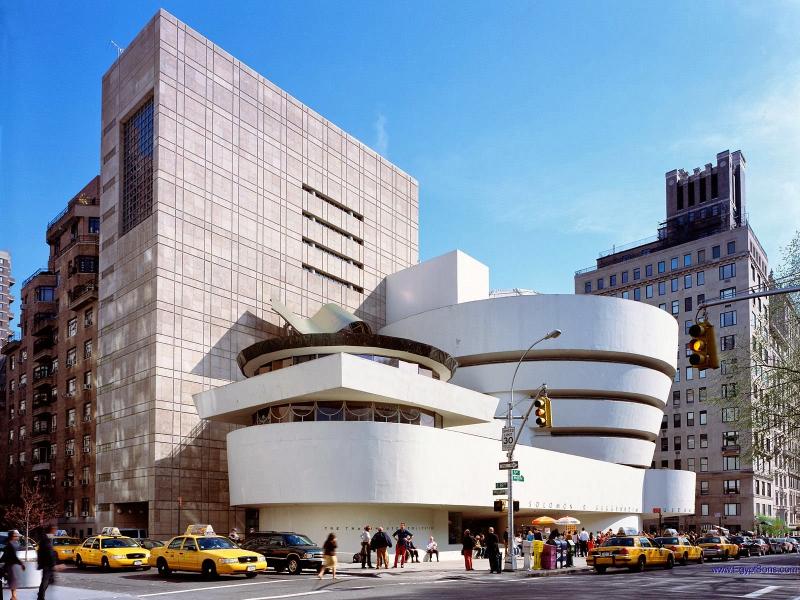
Guggenheim Bilbao Museum 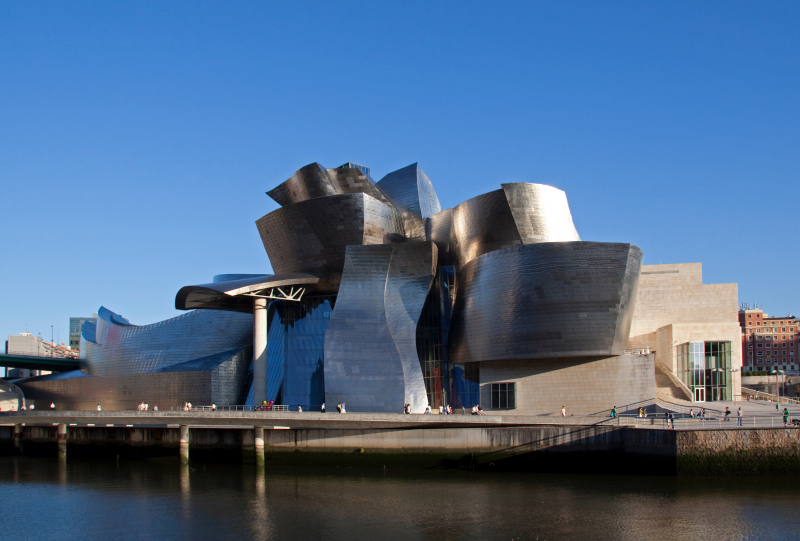
Guggenheim Bilbao Museum -
The Dalí Theatre and Museum is a museum in Figueres, Catalonia, Spain, devoted to the artist Salvador Dal. Salvador Dal is interred in a tomb beneath the stage. The town's theatre, which Dal attended as a youngster, is at the core of the museum. It hosted one of the earliest public displays of young Dal's work. During the Spanish Civil War, the historic theatre was destroyed and left in ruins. Dal and the mayor of Figueres agreed to reconstruct it as a museum honoring the town's most renowned son in 1960. The proposal was accepted by the municipal council in 1968, and building began the following year.
The artist also designed a series of works specifically for the Museum, including the Mae West room, the Palace of the Wind room, the Monument to Francesc Pujols, and the Cadillac plujós. Dal has a collection of holographic art on exhibit, as well as a selection of jewelry he developed. Dal had built a bathtub, a side table with an open drawer, and a light upside-down on the ceiling in another room. An addition to the museum building has a chamber dedicated to Dal's optical illusions, stereographs, and anamorphic art. The artist's final works are on show here, including his final oil painting, The Swallow's Tail (1983).
Location: Avinguda de Salvador Dalí, 5, Figueres, Catalonia 17600
Website: salvador-dali.org/en/museums/dali-theatre-museum-in-figueres
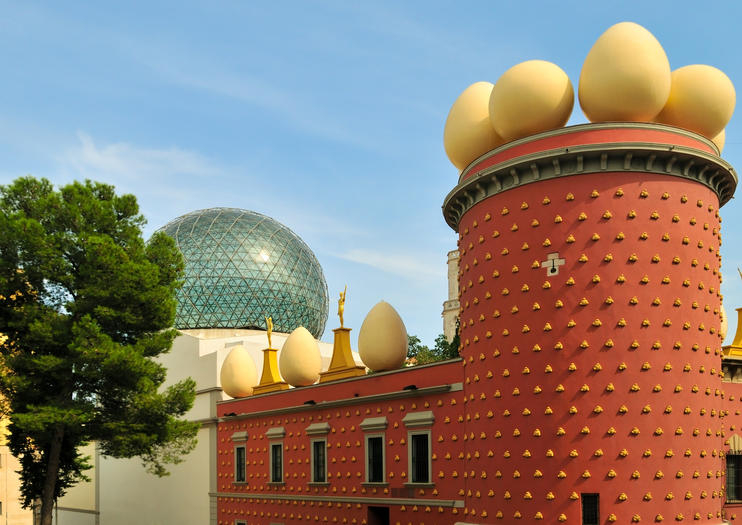
Dalí Theatre and Museum 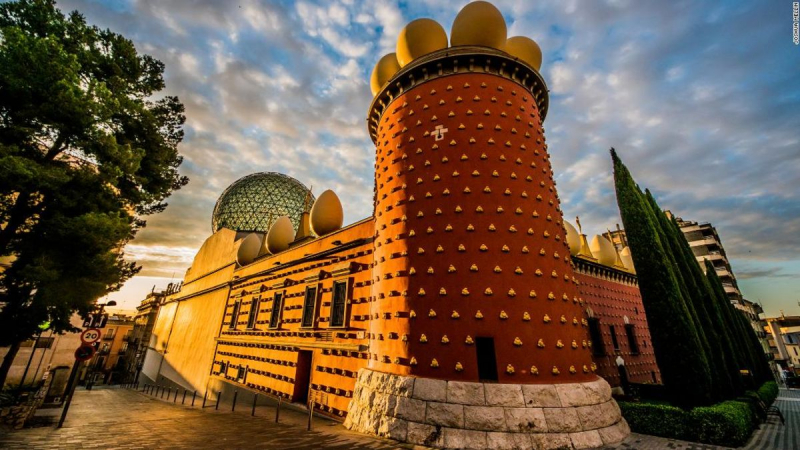
Dalí Theatre and Museum -
The Altamira National Museum provides tourists with additional information about the Iberian peninsula's prehistoric history. You will learn about the various aspects of life in Altamira, such as the people's way of life, culture, art, and hunting tactics. The most remarkable aspect of this museum is a reproduction of the Altamira Cave, which was discovered in 1879 by Marcelino Sanz de Sautuola. The theatre will be a rather unique experience because all of the walls have something to convey.
Visitors may participate in prehistoric technology classes inside the museum, and there is a permanent display called Times of Altamira, which exhibits artifacts from Altamira as well as those from other Cantabrian paleolithic caves including El Morn, El Juyo, and El Rascao. This display also includes the New Altamira Cave, or Neocave: an artificial reproduction of the ancient caverns designed to protect the originals from damage caused by a large flow of tourists.
Location: Avda. Marcelino Sanz de Sautuola s/n, 39330, Santillana del Mar Spain
View Details: spain.info/en/places-of-interest/national-museum-research-centre-altamira/
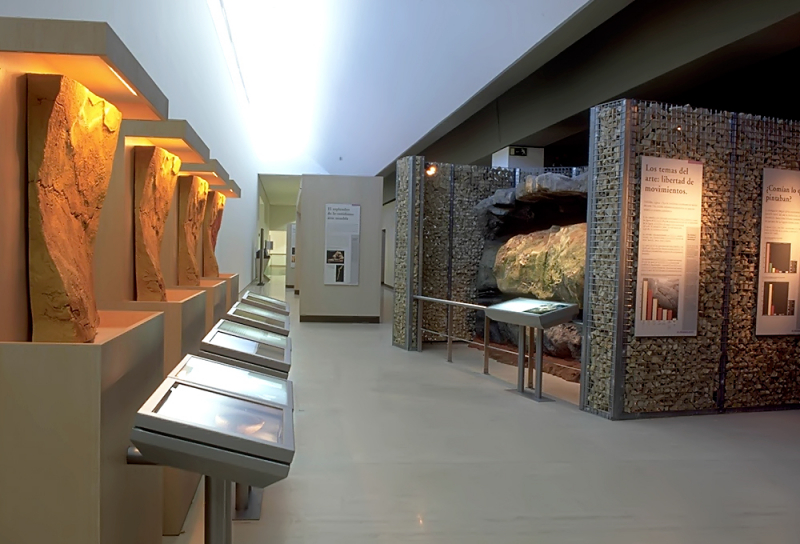
National Museum and Research Center of Altamira 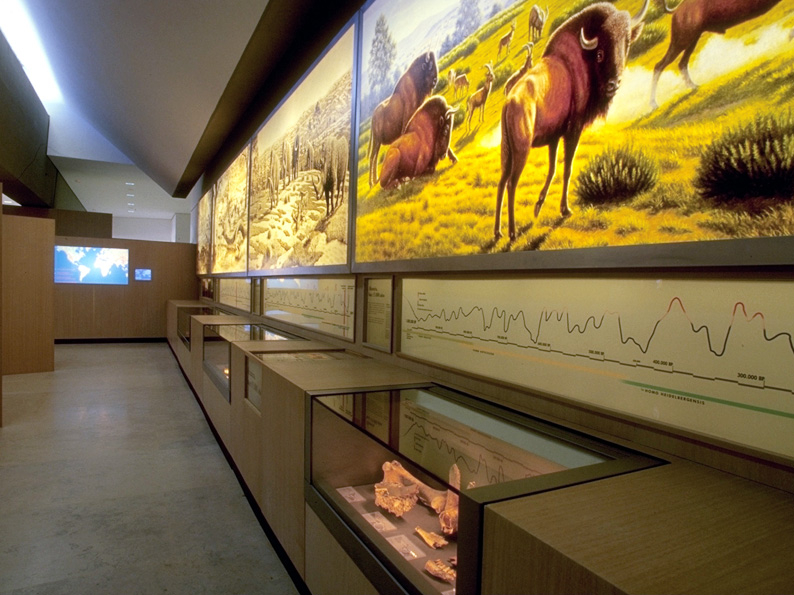
National Museum and Research Center of Altamira -
The National Museum of Roman Art is a museum of archaeology in Mérida, Spain. It is dedicated to Roman art and displays considerable material from the archaeological ensemble of Mérida (the Roman colony of Augusta Emerita), one of Spain's largest and most extensive archaeological sites, which was designated a UNESCO World Heritage Site in 1993.
Rafael Moneo planned and developed the exquisite architecture of the National Museum of Roman Art in Merida, which first opened to the public in 1986. The museum provides visitors with a detailed understanding of the Roman civilisation and teaches how the Roman civilization was one of the most important eras in Merida's history, from its contribution to the construction of the Mitreo Roman House to the Merida Roman Theatre. Ceramics, glassware, paintings, coins, sculptures, and even mosaics from the Roman civilisation are on exhibit.
Location: Calle de Jose Ramon Melida, Merida, Badajoz, Spain
View Details: spain.info/en/places-of-interest/national-museum-roman-art
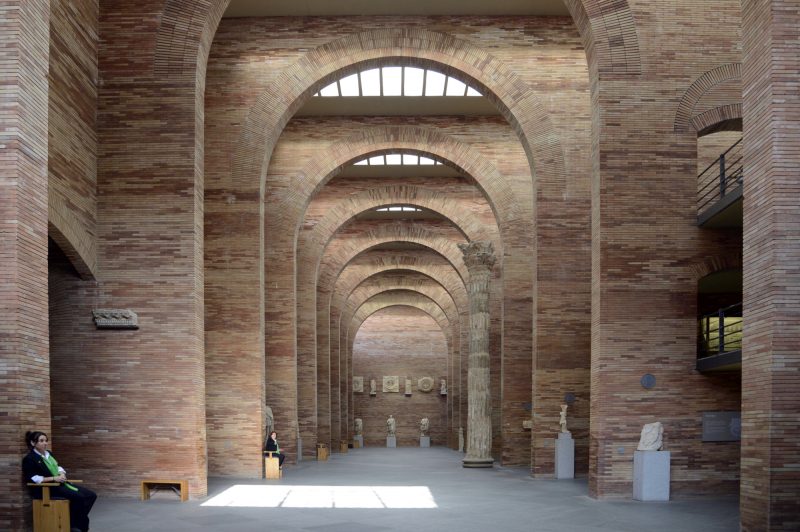
National Museum of Roman Art 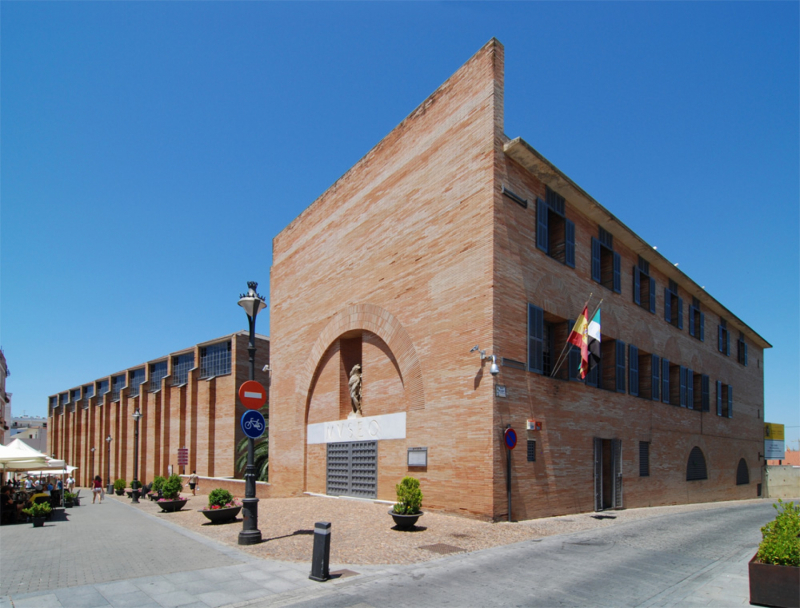
National Museum of Roman Art -
The Museo Nacional de San Gregorio (National Museum of Sculpture) is a museum run by the Spanish Ministry of Culture in Valladolid, Spain. The museum features a large sculptural collection extending from the Middle Ages to the 19th century from churches in the Region of Castile that were confiscated during the 19th and 20th centuries, as well as other specific contributions, deposits, or purchases of the state.
On October 4, 1842, the Provincial Museum of Fine Arts was established. Its early headquarters were located at the Palacio de Santa Cruz. It was relocated to the Colegio de San Gregorio on April 29, 1933. Current residences include the 16th-century Palacio de Villena and the Palacio del Conde de Gondomar.
The museum includes works from the 13th to the 19th century, largely from Central Spain, but also from other historically related areas of Spain (Italy, Flanders, Southern America). Among the artworks is Francisco del Rincon's Raising of the Cross, Gregorio Fernández's I Thirst and The Way of Calvary, Alonso Berruguete's Adoration of the Magi, Juan de Juni's Lamentation of Christ, Pedro de Mena's Penitent Magdalene, and Alonso de Rozas' Holy Sepulchre or Passage of the Sleepers.
Location: Calle Cadenas de San Gregorio, 1, Valladolid, Castilla and Leon 47011
View Details: spain.info/en/places-of-interest/national-museum-sculpture-valladolid/
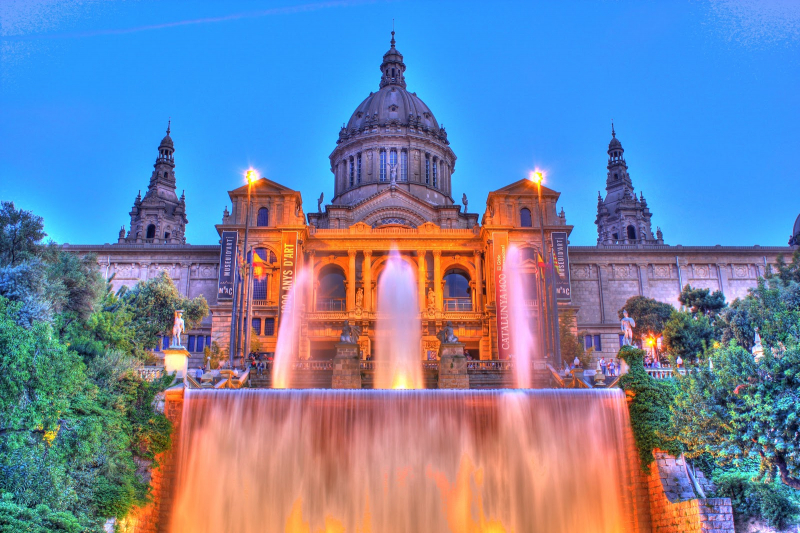
National Sculpture Museum 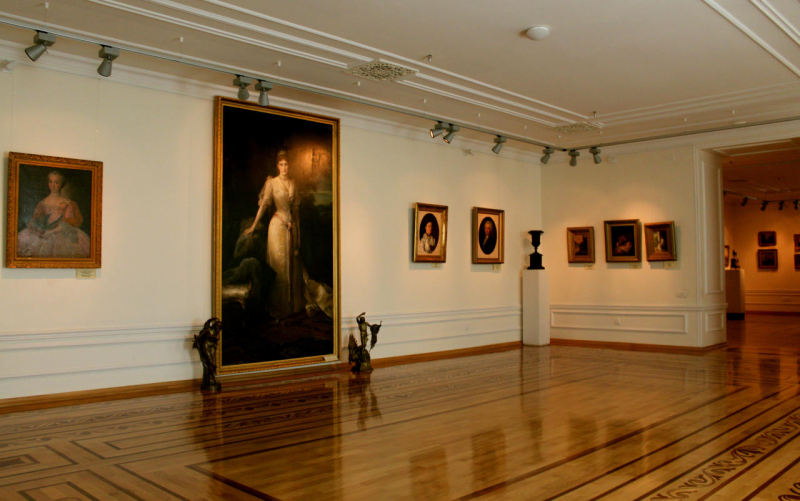
National Sculpture Museum -
The National Museum of Subaquatic Archaeological is an underwater archaeology museum in Cartagena (Murcia), Spain. It has a huge collection of items salvaged from shipwrecks dating from the Phoenician period to the nineteenth century. The 14.5 tons load of gold and silver coins found from the wreck of the ship Nuestra Senora de las Mercedes was deposited at the museum on December 2, 2012, for cataloging, analysis, and permanent exhibition.
This museum is dedicated to all of the undersea discoveries discovered by archaeologists. The National Museum of Underwater Archaeology, one of the most intriguing Spanish museums, is a collection of the rich underwater archaeological history that includes amphorae, anchors, and even a life-size replica of a Roman merchant ship.
Location: Paseo Alfonso XII, 22, 30202, Cartagena
View Details: spain.info/en/places-of-interest/national-museum-underwater-archaeology/
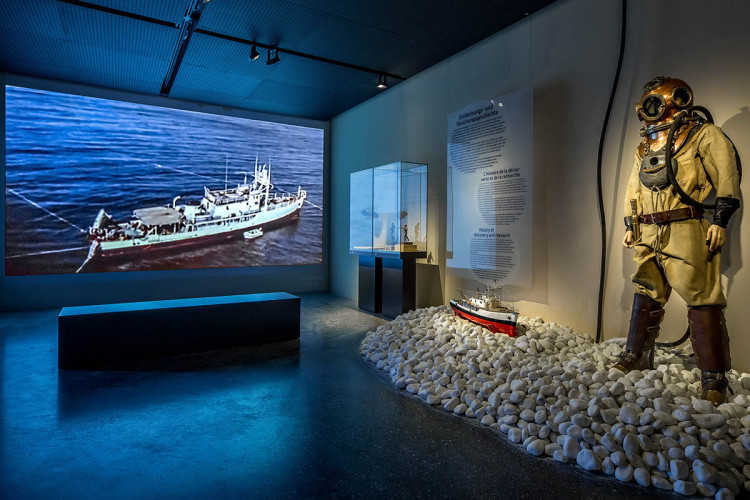
National Museum of Underwater Archaeology 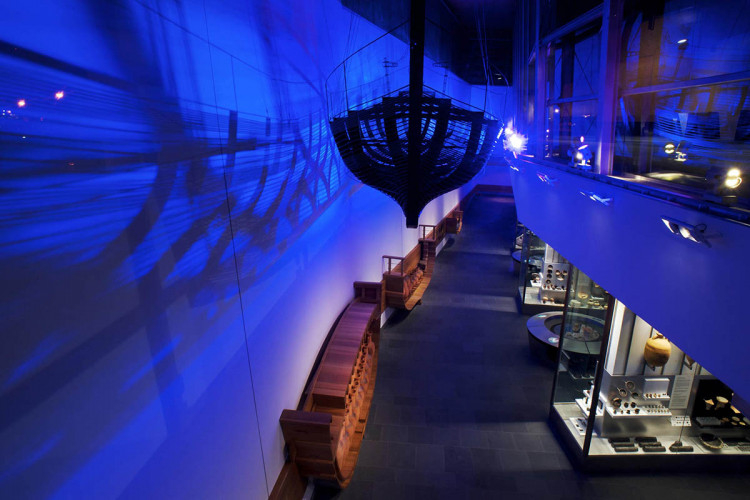
National Museum of Underwater Archaeology -
The Museum of Human Evolution is located on the south bank of the Arlanzón River in Burgos, Spain. It is about 16 kilometers west of the Sierra de Atapuerca, which has produced some of the world's most notable human fossil discoveries. In addition, part of the museum's exhibits come from the Archaeological Site of Atapuerca, which was designated a World Heritage Site in 2000. It is the centerpiece of the "Complejo de la Evolución Humana", which also includes a conference center, the CENIEH research institute, and the museum itself.
Juan Navarro Baldeweg, an award-winning Spanish architect, created the structure. It was erected on the "solar de Caballera", a huge plot of ground in downtown Burgos that originally housed the monastery of San Pablo, one of the most important Dominican institutions in Castile (also known as the Order of Preachers). Following its extinction in the mid-nineteenth century, military barracks were constructed in its stead.
Location: Paseo Sierra de Atapuerca, Burgos, Castilla and Leon 09002
View Details: bit.ly/3lCYl3A
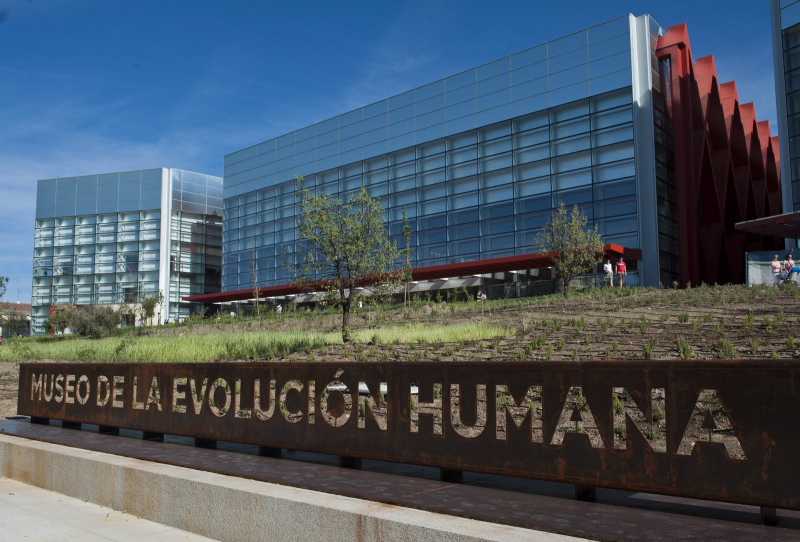
Museo de la Evolución Humana 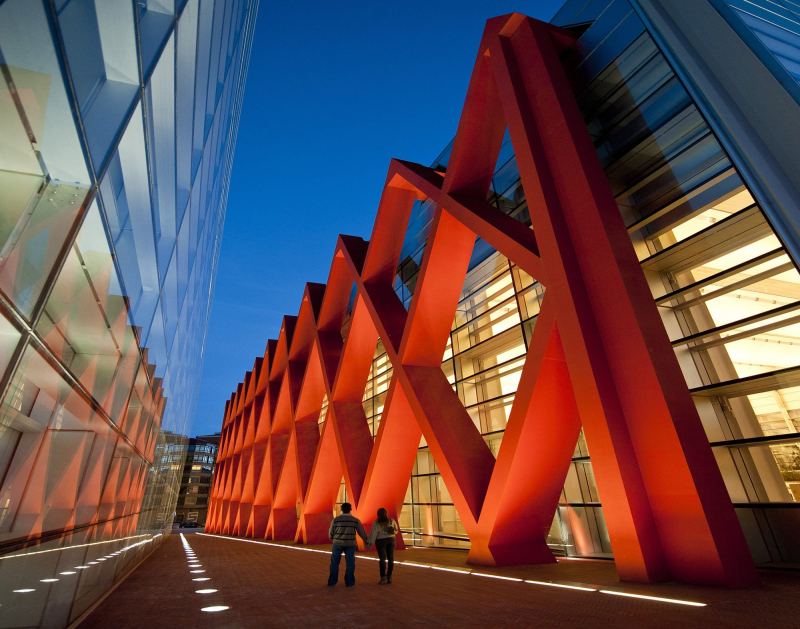
Museo de la Evolución Humana












